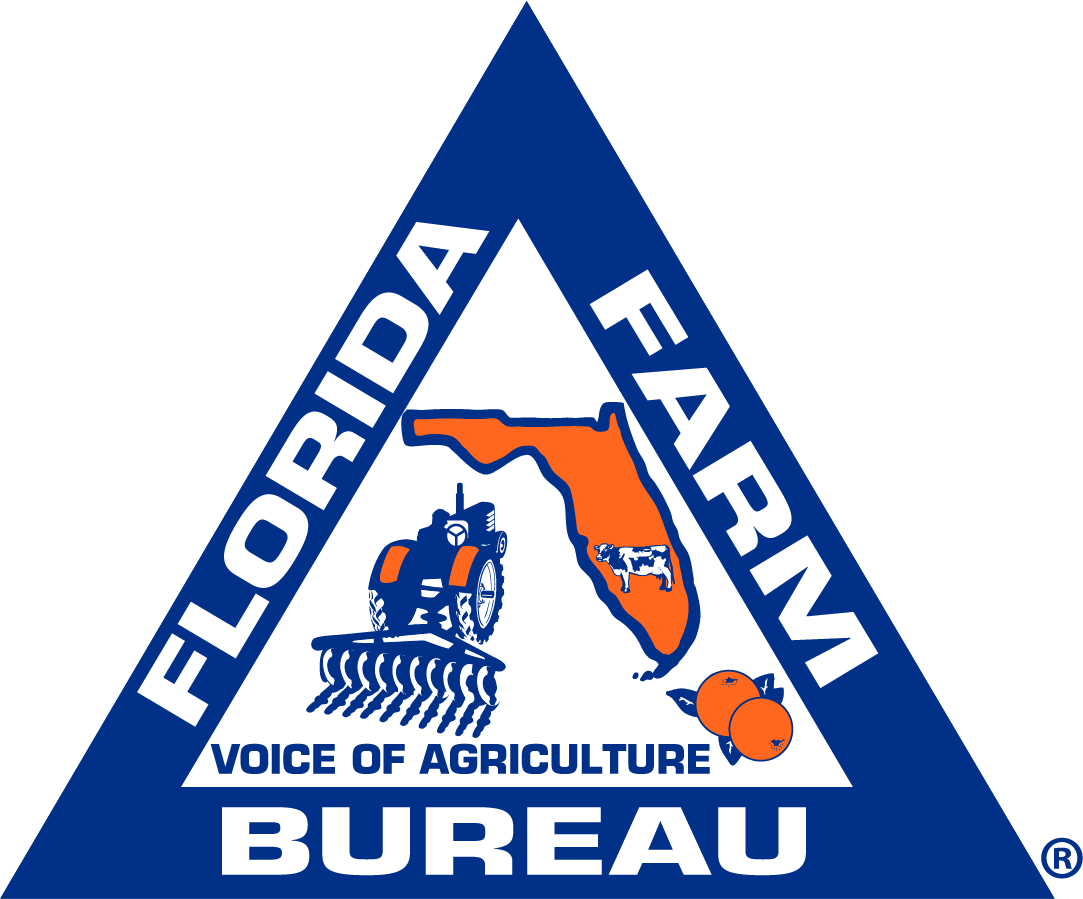
[email protected]
@JackPayneIFAS
Twenty years ago, the Florida Automated Weather Network launched on the premise that weather information from the airport isn’t enough for those in distant rural areas whose livelihoods depend on dew points and wind speed.
University of Florida Institute of Food and Agricultural Sciences Extension has long recognized that perhaps no one relies on this information more than farmers do. So UF/IFAS Extension brought weather stations closer to the farm.
Today, Extension has 42 weather stations on public lands in rural areas to take the temperature of your region.
Then, Extension brought the weather stations right onto your farms. In the past five years, Extension has installed 200 weather stations on private farms, ranches and groves. That means we can give you readings on rainfall in your neighborhood.
For example, there’s one on the Florida Strawberry Growers Association farm in Dover, which serves as a research and demonstration farm for UF/IFAS strawberry scientists.
We don’t do this alone. In addition to station hosts such as the FSGA, the Florida Department of Agriculture and Consumer Services and the state’s water management districts partner with us.
The Farm Bureau has been a valued past financial supporter and continues to testify to FAWN’s importance when it’s time to renew state funding. And Farm Bureau members and leaders such as Kenneth Parker graciously make space available on their land to host stations.
We’re looking ahead to the prospect of delivering data so local that you can consider your farm its own microclimate. UF/IFAS forecasts that someday your smartphone will essentially give you a weather map of the row you’re working.
The technological challenge is how to harness the growing mountain of data. FAWN measures dozens of weather indicators every 15 minutes 24/7. We’ll need to combine the right pieces of that data with information from other sources such as the National Weather Service to make FAWN even more useful.
Fortunately, that’s just what UF/IFAS research and Extension do. We deliver discovery to you in usable form. Kati Migliaccio, the new chair of the UF/IFAS Department of Agricultural and Biological Engineering, uses FAWN data to drive the phone apps she developed to help producers of avocados, citrus, cotton, strawberries and turf decide when and how much to irrigate.
Before a forecasted freeze, citrus agent Chris Oswalt makes the rounds collecting leaves from groves and feeding the information into FAWN to help growers make freeze protection decisions. Natalia Peres and Clyde Fraisse use FAWN temperature, relative humidity, rainfall, wind speed, and solar radiation data to estimate the risk of strawberry disease and to inform growers on the need to spray fungicide for protecting their crops.
The information can be just as valuable after the fact. We had a spike in FAWN use after Hurricane Irma as producers sought to document for relief agencies just what had hit their crops those fateful few days last September.
We’re in hurricane season again, when everyone, not just farmers, pays a little more attention to the weather. FAWN pays attention all year. Individual agents occasionally go on vacation, but Extension never does.
The future of FAWN includes other parts of UF, not just IFAS, gleaning useful grower data. For example, faculty with the UF College of Law is talking with FAWN director Rick Lusher about how you can use FAWN data to determine how to limit your employees’ vulnerability to heat stress.
Extension brings UF to you. Usually, it ’s IFAS that has your solutions, but Extension finds what you need among UF’s 16 colleges and thousands of faculty members.
The spread of UF/IFAS FAWN stations means you can
carry us around with you in your hip pocket. Extension meets you where you are. If you’re like most people, that’s increasingly in your smartphone. It’s part of our 24/7 commitment to production agriculture.
Jack Payne is the University of Florida’s senior vice president for agriculture and natural resources and leader of the Institute of Food and Agricultural Sciences.


